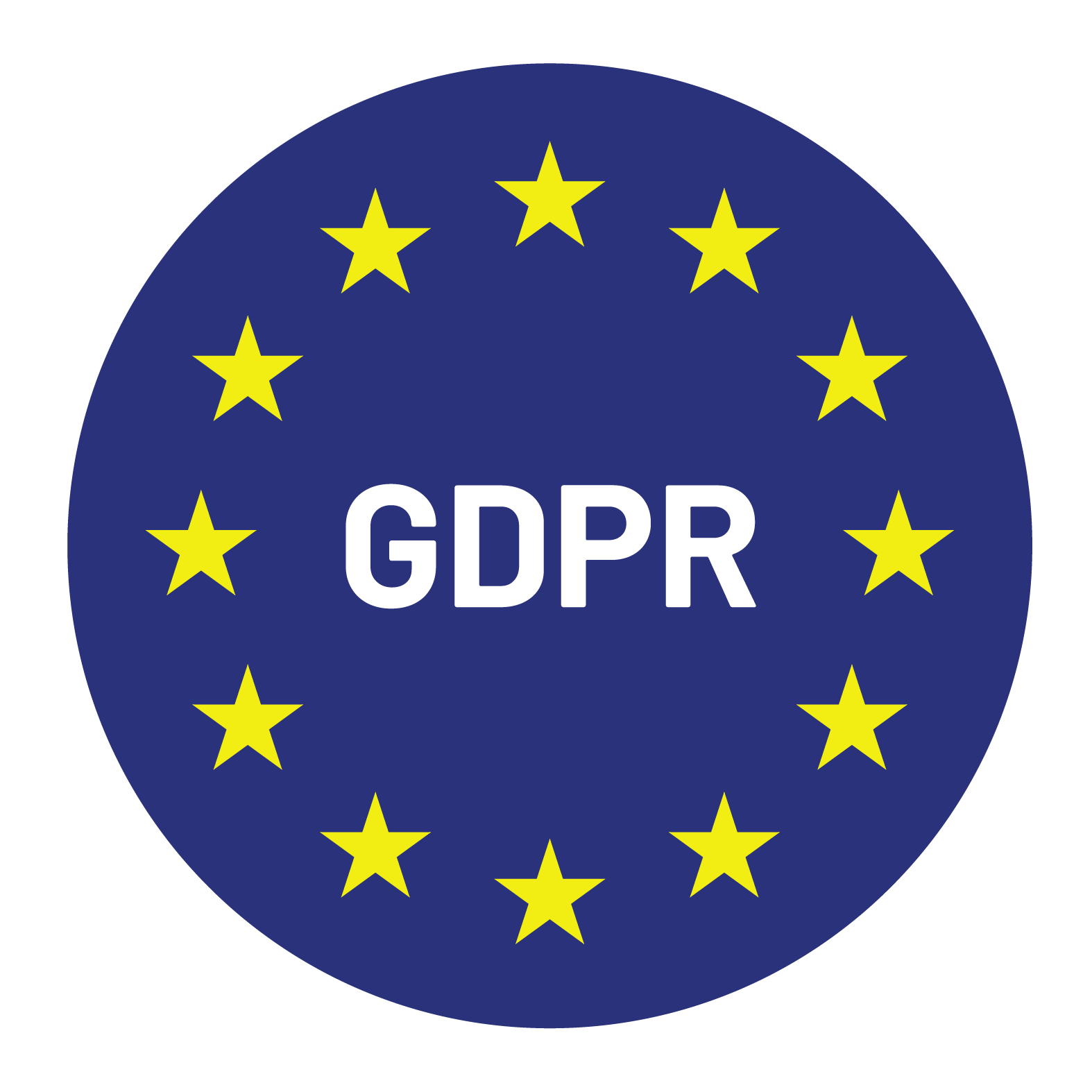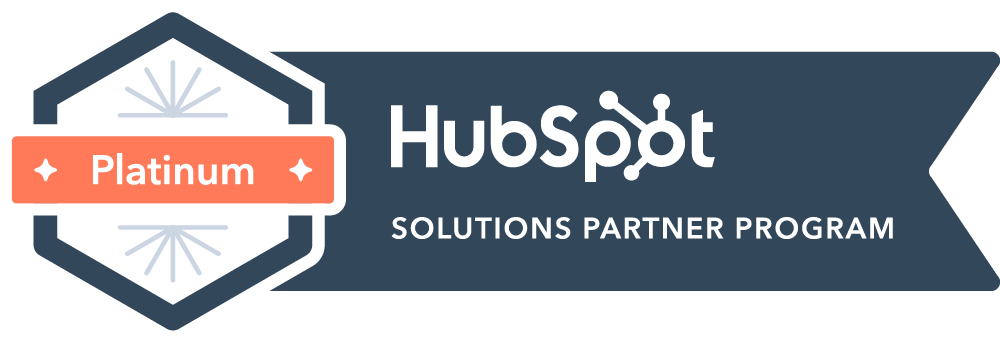

Content Writer for Whistle with multidisciplinary experience spanning over a decade.
Breaking into the US market is about more than showing up with a great product. It’s about knowing where to show up, who to talk to, and how to say something worth hearing. The sheer size and complexity of the US, across regions, industries, and company types, means that a blanket outreach strategy will fizzle out fast.
SDRs trying to cut through the noise in the US don’t just need to work harder. They need to work smarter. That starts with targeting. Effective SDR campaigns zero in on specific market segments, speak their language, and respect the cultural and operational differences that exist across the country. A well-executed targeted campaign is not just more polite. It’s more productive.
The following lays out a practical roadmap for designing and running targeted SDR campaigns that help B2B companies navigate the US market with precision. You’ll find segmenting tactics, outreach techniques, and messaging tips: all designed to drive meaningful reach and results.
The U.S. market does not operate as a single, uniform entity. It is an aggregation of distinct regional economies, each with its own business customs, expectations, and pace of decision-making. The purchasing mindset in San Francisco differs from that in Chicago, just as the tone of outreach that works in New York may feel out of place in Dallas. Overlooking these distinctions leads to generic messaging that rarely resonates. Sales efforts become diluted, and the potential for meaningful traction diminishes quickly.
Targeted SDR campaigns bring precision to an effort that has historically leaned too heavily on volume. When messaging is tailored to reflect the specific needs, pain points, and language of a particular sector or geography, outreach becomes more than just a cold introduction. It feels intentional. It earns attention.
Relevance increases when campaigns speak directly to the operational realities of a given industry or region. Technology leaders on the West Coast, for example, often respond well to outreach that reflects current funding trends and platform scalability. Meanwhile, East Coast financial executives may prioritize compliance and risk mitigation. The more an SDR understands these distinctions, the stronger the foundation for a credible conversation.
This level of specificity also drives engagement. Generic messaging rarely makes it past an inbox. By contrast, a well-researched and directly applicable message stands out. It signals that the sender has invested time in understanding the business, which in turn earns more thoughtful replies and higher open rates.
Conversion rates benefit as well. When prospects recognize themselves in the outreach—when their priorities are reflected clearly—they are far more likely to take the next step. It’s not about persuasion through pressure, but about relevance and timing.
Equally important is the efficiency that comes with this approach. SDR teams are often working within tight bandwidths. Spreading effort thinly across too many segments leads to fatigue and low return. A focused strategy means fewer wasted hours, more meaningful conversations, and a clearer view of what success looks like.
This is where Whistle’s expertise becomes particularly useful. Designing and executing SDR strategies that account for regional nuance, sector trends, and buyer psychology requires more than tools or data. It requires judgment. Whistle brings structured thinking and operational clarity to this process, helping teams align outreach with real market potential, rather than chasing broad targets that rarely convert.
At its core, a targeted approach reflects a more respectful way to sell. It acknowledges the sophistication of modern buyers and responds with relevance, not volume. For companies expanding into the U.S., this is no longer optional. It is the standard that top-performing teams are setting.
The U.S. is not monolithic. Business practices in the Midwest differ from those in the Pacific Northwest. Recognizing these regional distinctions is crucial.
For instance, companies in the Northeast may prioritize tradition and established relationships, while West Coast firms might be more open to innovation and new technologies. Adjusting messaging to align with these regional attitudes can make outreach more effective.
Different industries have distinct challenges and priorities. A healthcare provider’s concerns differ from those of a manufacturing firm. By understanding the specific pain points of each industry, SDRs can craft messages that address real needs.
This approach not only demonstrates expertise but also builds trust, showing prospects that the SDR understands their world.
Company Size and Type Segmentation: Targeting Ideal Customer Profiles
The needs of a startup differ from those of a multinational corporation. Segmenting by company size allows SDRs to tailor their approach accordingly.
For example, small businesses may value cost-effective solutions and rapid deployment, while larger enterprises might prioritize scalability and integration capabilities. Recognizing these differences ensures that messaging resonates with the specific concerns of each company type.
Within any organization, different roles have different priorities. A CFO focuses on financial implications, while a CTO is concerned with technical feasibility. Developing detailed personas helps SDRs address the unique concerns of each decision-maker.
By speaking directly to these concerns, SDRs can position their solutions more effectively, increasing the likelihood of engagement.
Behavior is often the clearest indicator of intent. When prospects engage with content such as attending a webinar, downloading a whitepaper, or returning to specific pages on a website, they are signaling their priorities in real time. These actions offer insight into where they are in the decision-making process and what subjects are top of mind.
By analyzing these patterns, SDRs can move beyond demographic or firmographic assumptions and tailor outreach to align with the prospect’s recent actions. This allows communication to be better timed and more relevant. It also reduces the risk of sending generic follow-ups that do not reflect the prospect’s current focus.
For example, someone who requests a technical case study is likely evaluating specific solutions, while someone browsing introductory blog content may still be exploring the broader category. Understanding this distinction informs not only when to reach out but also what to say.
When SDRs prioritize based on engagement data, their efforts become more focused and more efficient. Outreach is informed by real signals rather than having to guess, which leads to stronger responses and more productive conversations.
This approach strengthens the link between interest and action. Instead of relying solely on static profiles, SDRs respond to what prospects are actively doing. That shift often marks the difference between outreach that is ignored and outreach that leads to a conversation.
Personalization is more than inserting a name into an email. It’s about understanding the prospect’s challenges and offering solutions that address them.
Effective messaging should be:
By focusing on these elements, SDRs can create messages that not only capture attention but also drive action.
Different prospects prefer different communication channels. Some may respond best to emails, while others prefer phone calls or LinkedIn messages. Understanding these preferences is key.
Additionally, timing matters. Reaching out during business hours in the prospect’s time zone increases the likelihood of engagement.
It’s also essential to be mindful of regulations like CAN-SPAM, ensuring that outreach complies with legal standards.
To assess the effectiveness of targeted campaigns, SDRs should monitor:
Regularly reviewing these metrics allows for continuous improvement and ensures that strategies remain aligned with goals.
Expanding into the U.S. market requires more than ambition. It calls for precision, consistency, and a clear understanding of what drives engagement across distinct regions and sectors. SDR teams that rely on volume over relevance rarely see sustained results. Those that lead with insight, adapt their outreach, and use data with intention are the ones that break through.
This is where experience matters. The right partner will not only help you reach more prospects but will help you reach the right ones, with the right message, at the right time.
Whistle works with ambitious sales teams to build targeted SDR programs grounded in practical insight and measurable results. If you’re rethinking your approach to U.S. expansion, we can help you do it with focus and clarity.
Let’s make your next move count.


© Copyright – Whistle 2023